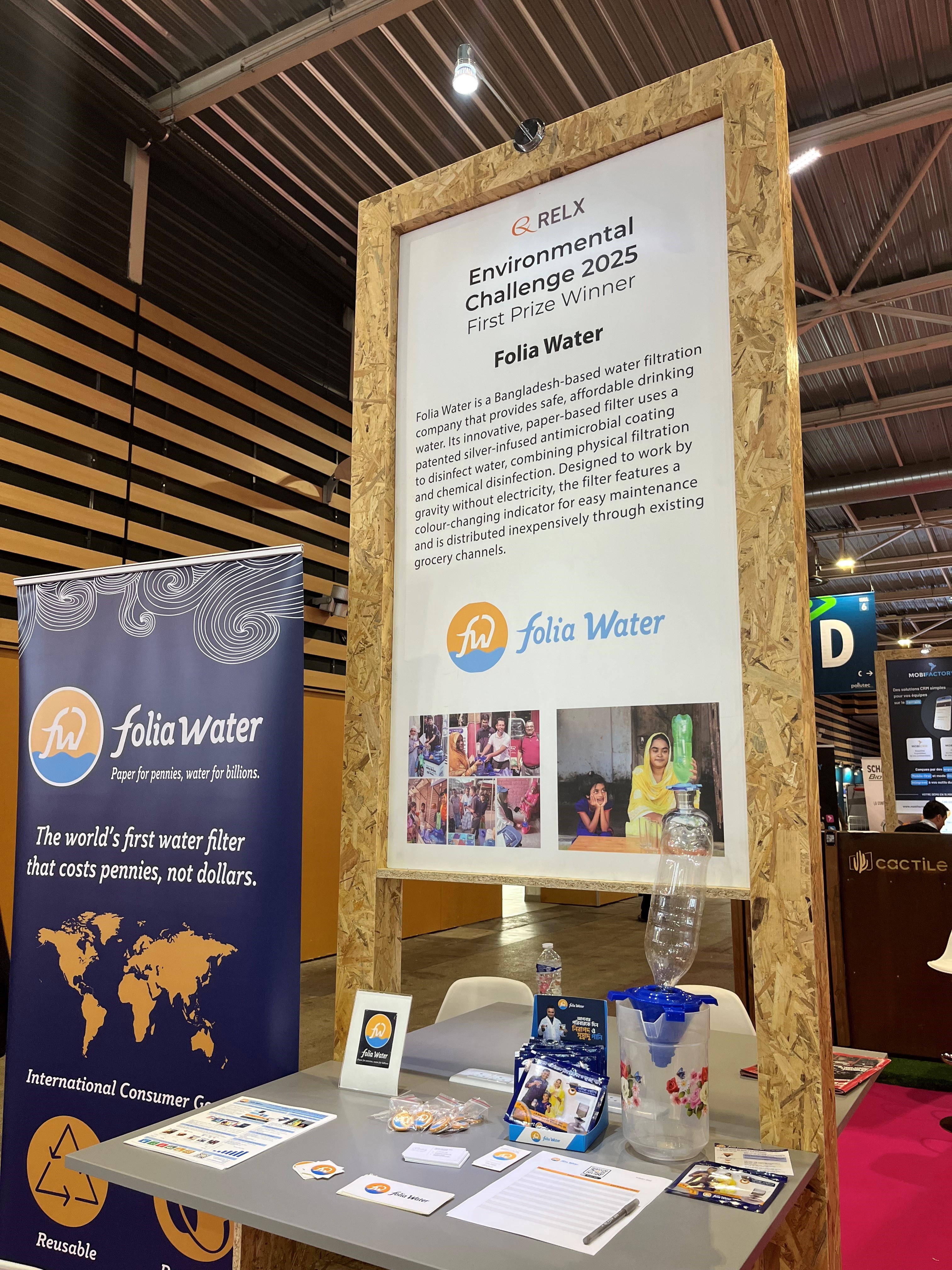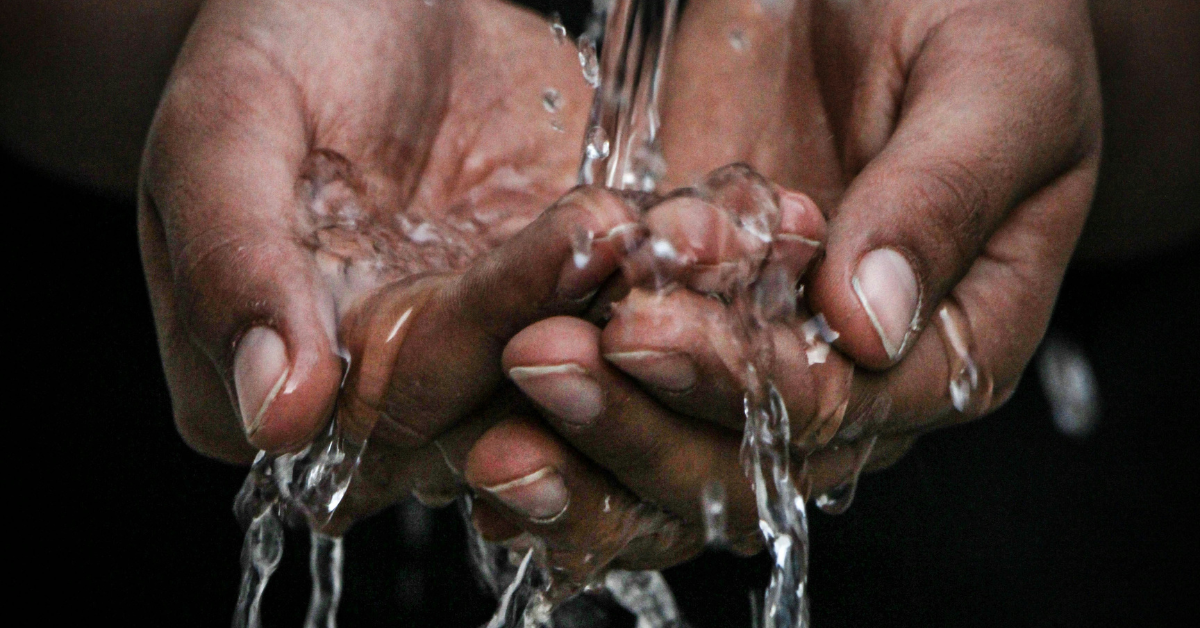Water sanitation, a critical component of global health and environmental management, intersects significantly with the Sustainable Development Goals (SDGs), particularly SDG 6, which focuses on clean water and sanitation for all. The relationship between water sanitation and the SDGs is multifaceted and profound, highlighting the interdependence of environmental sustainability, human health, and social development.
The core objective of water sanitation is to manage water resources efficiently and ensure access to clean and safe water, which is fundamental for human survival and well-being. This includes processes such as wastewater treatment, pollution control, and the prevention of waterborne diseases. By addressing these issues, water sanitation directly contributes to the achievement of SDG 6, which aims to "ensure availability and sustainable management of water and sanitation for all." This goal recognizes the critical role of water sanitation in reducing health risks, enhancing quality of life, and fostering sustainable communities.
Moreover, water sanitation has a ripple effect on other SDGs. For instance, it supports SDG 3 (good health and well-being) by reducing the incidence of waterborne diseases like cholera, diarrhea, and typhoid, which are significant causes of morbidity and mortality in many developing countries. Improved water sanitation also promotes SDG 4 (quality education) by ensuring that children are healthy and able to attend school regularly, and SDG 5 (gender equality) by reducing the time burden on women and girls who are often responsible for water collection in many societies.
The relationship between water sanitation and economic growth (SDG 8) is also noteworthy. Efficient water management and sanitation practices can boost economies by improving public health, reducing healthcare costs, and enabling more productive workforces. Additionally, investments in water sanitation infrastructure can create job opportunities and stimulate economic development.
Environmental sustainability (SDGs 13, 14, and 15) is another crucial aspect. Proper water sanitation reduces pollution in rivers, lakes, and oceans, thereby protecting aquatic ecosystems and biodiversity. It also mitigates the impacts of climate change by preserving water resources and enabling more resilient communities.
However, the challenge lies in ensuring equitable access to water sanitation. Many regions, particularly in developing countries, still lack basic sanitation facilities. This disparity hinders progress towards SDG 10 (reduced inequalities) and underscores the need for international cooperation (SDG 17) to mobilize resources and share knowledge and technologies for sustainable water management.
Water sanitation is not only about providing access to clean water; it's a catalyst for broader social, economic, and environmental progress. Its alignment with the SDGs reflects a holistic approach to sustainable development, emphasizing the interconnectedness of our actions and the impact on future generations. Achieving SDG 6 is not an isolated goal but a stepping stone towards realizing a more sustainable, healthy, and equitable world for all.
The 2025 winners of the RELX Environmental Challenge, which supports innovative solutions to advance SDG 6 Clean water and sanitation, have been announced.
The RELX Environmental Challenge 2024 shortlist has been announced and features four innovative projects that provide sustainable access to safe water and improved sanitation.


